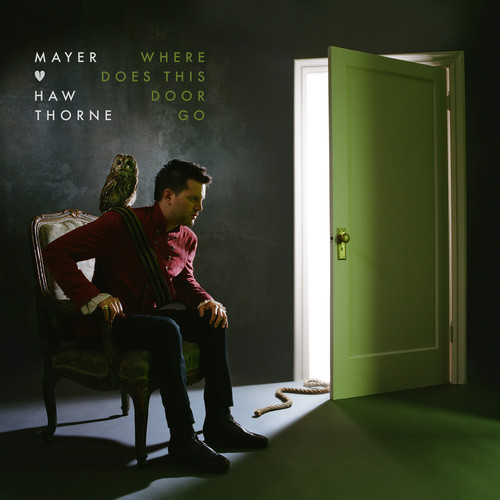Videos by American Songwriter
Mayer Hawthorne
Where Does this Door Go
(Republic)
Rating: 3 out of 5 stars
He was tired of hearing the “Motown inspired retro blue-eyed soulman” label thrown his way one too many times, so singer/songwriter Hawthorne updates and fattens the sound on his third full length.
It’s a smart and generally successful attempt to swing away from a direction that seemed to be working just fine. This overly polished, funky set incorporates easy to spot 80s dance/pop and production elements, specifically of Chic (“Wine Glass Women”), Earth, Wind & Fire (“Her Favorite Song”), Steely Dan (“Back Seat Lover”) and Hall & Oates (most of the rest). Slicker than a bowling alley floor, Hawthorne’s limited vocal range shifts into what is now his trademarked falsetto in nearly every song, a vocal habit that gets old pretty fast. Give him props though for reaching back to a decade that clearly inspired him, writing original material and bringing in N.E.R.D.-man Pharrell Williams to help by spreading some contemporary pixie dust on the production.
But even with a batch of co-writers, these hook heavy songs just remind us of the sources that were far better. For every singalong soul-pop ditty like the pretty terrific “Back Seat Lover” there’s another such as “Crime” (featuring Kendrick Lamar) that tries too hard to capture an 80s groove which slips through Hawthorne’s fingers. Lamar’s short rap on that track, complete with an unnecessary F-bomb, seems beamed in from another song, existing only to net urban radio airplay and street cred.
That said, plenty of albums from the aforementioned acts back in the day, were inconsistent too which further connects Hawthorne to his influences. Still, with a little extra effort he could have written some better tunes and left a few rough edges. That would have made this well-crafted project more consistently enjoyable and well, soulful.
Read an alternate take.


2 Comments
Leave a Reply